Primary Buffer Panel v2 (the good)
The second version of the Primary Buffer Panel was built directly on the basics developed for version 1. This time it features a wooden frame though and is no longer just cardboard. The idea is to eventually incorporate the panel in a full featured simulated cockpit [in the far future].
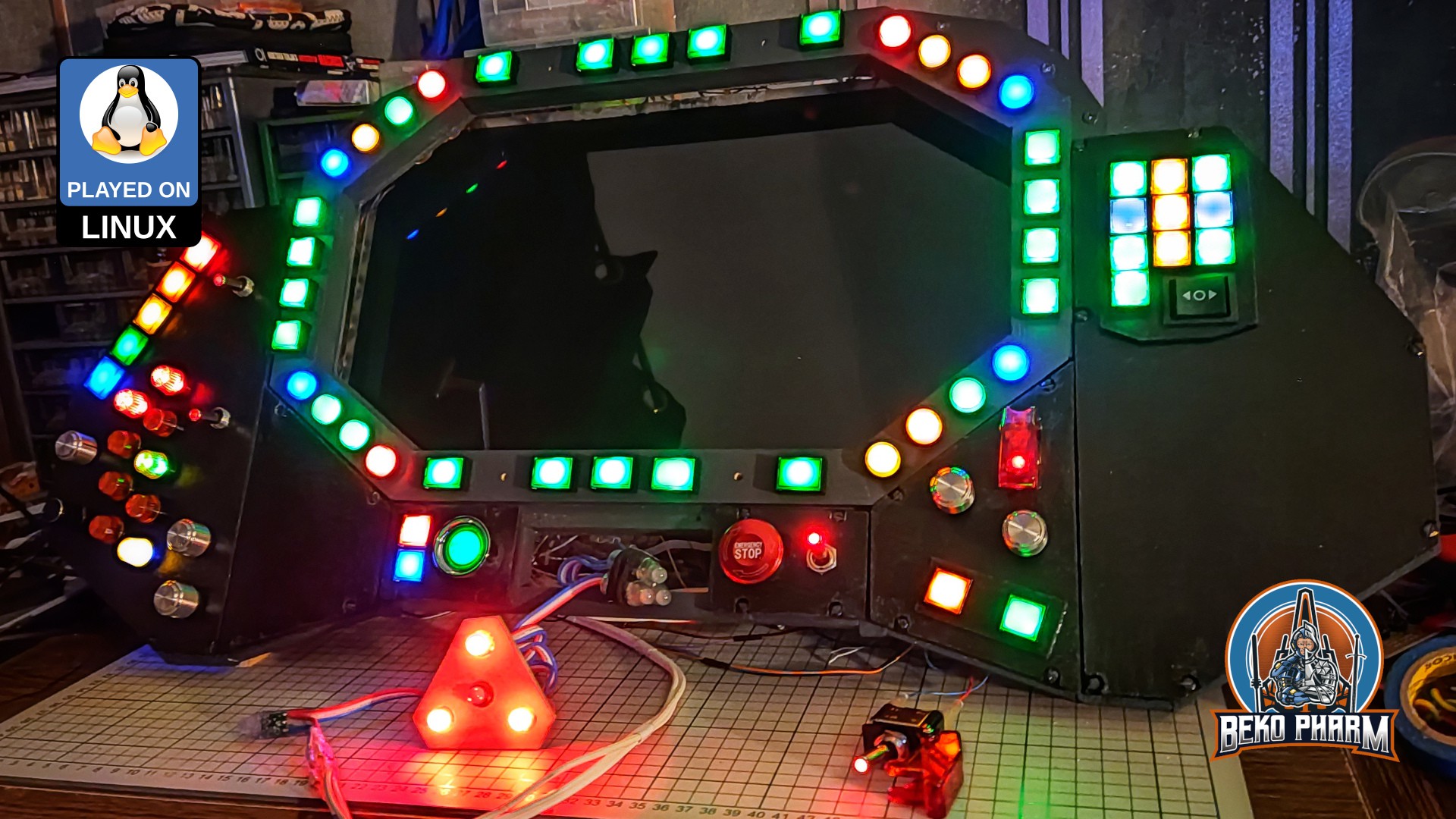
It’s design is based on a VF-1 Valkyrie cockpit of the Macross franchise - or Robotech as it is known in some parts of the world (but we don’t talk about this here).
Originally posted at https://simpit.dev/version-2/
 Beko Pharm
Beko Pharm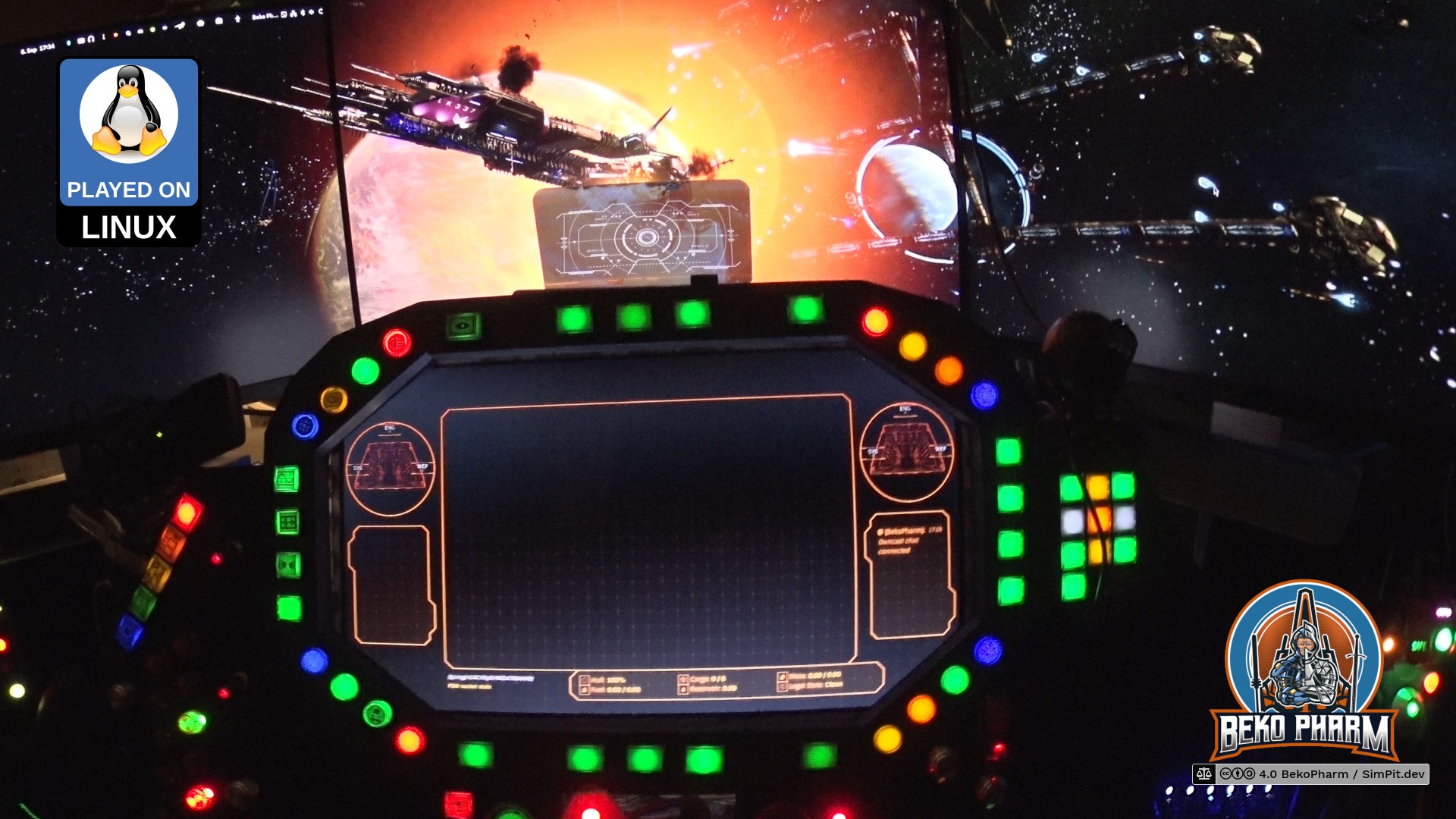
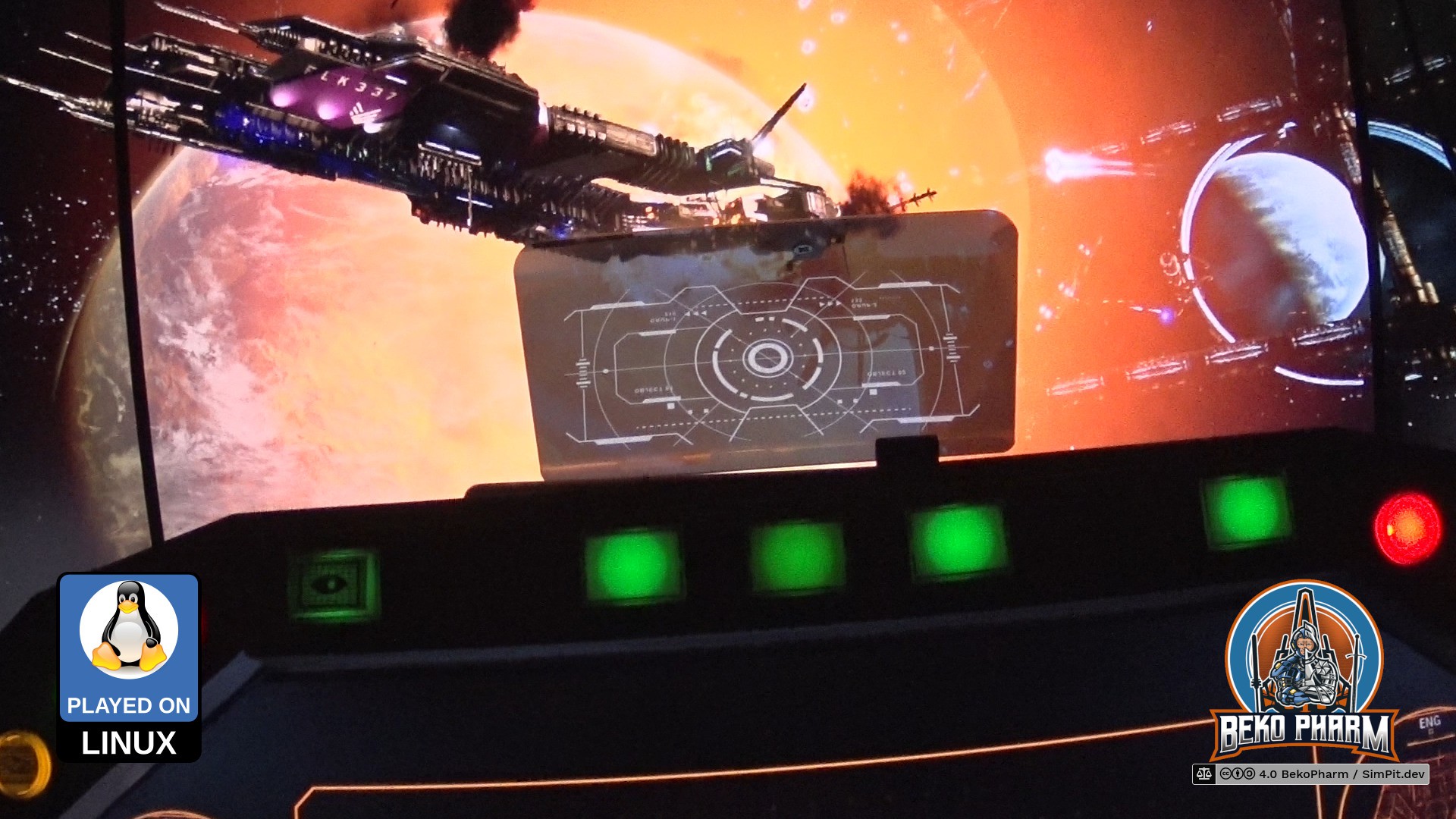
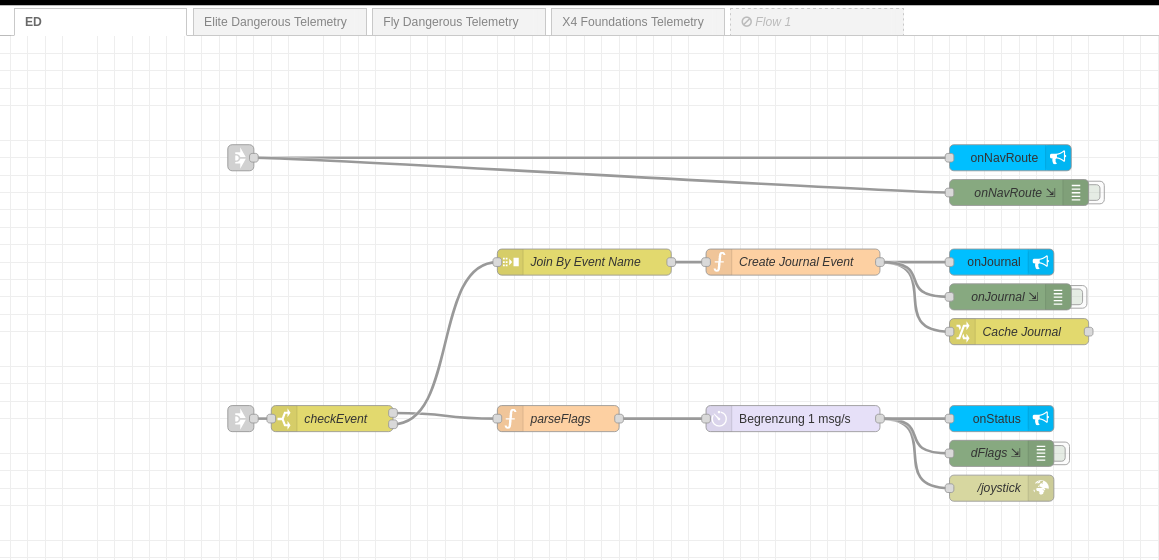 This makes things a lot more clearly arranged. I also hope to switch this to a MQTT broker eventually but no hurry on that. This way I don't have to load a specific flow for a game I'm currently playing. Just starting the Node-RED process and fire up the game I want to play. The corresponding data source will start sending telemetry once it detects a running game 🤓
This makes things a lot more clearly arranged. I also hope to switch this to a MQTT broker eventually but no hurry on that. This way I don't have to load a specific flow for a game I'm currently playing. Just starting the Node-RED process and fire up the game I want to play. The corresponding data source will start sending telemetry once it detects a running game 🤓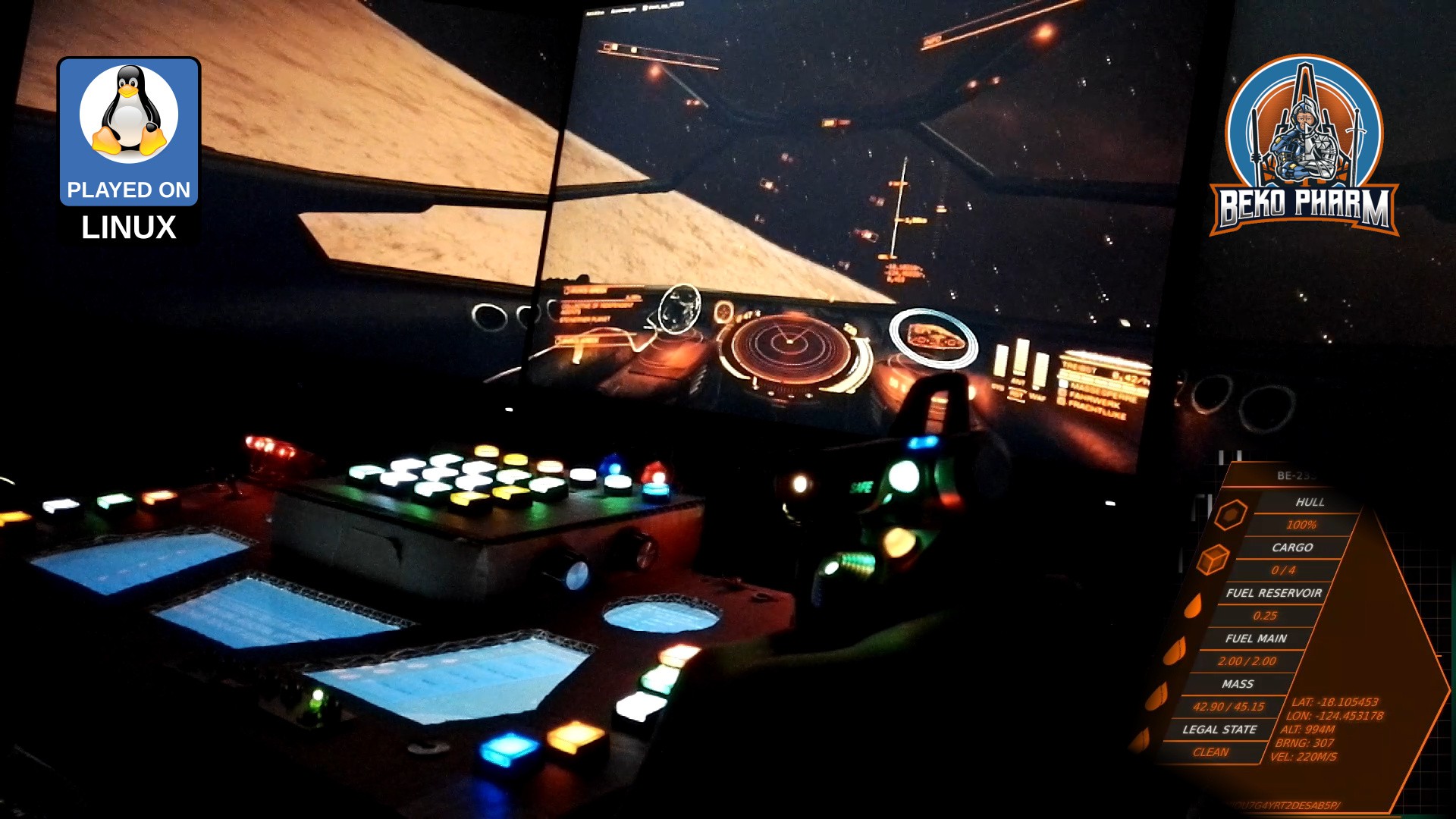
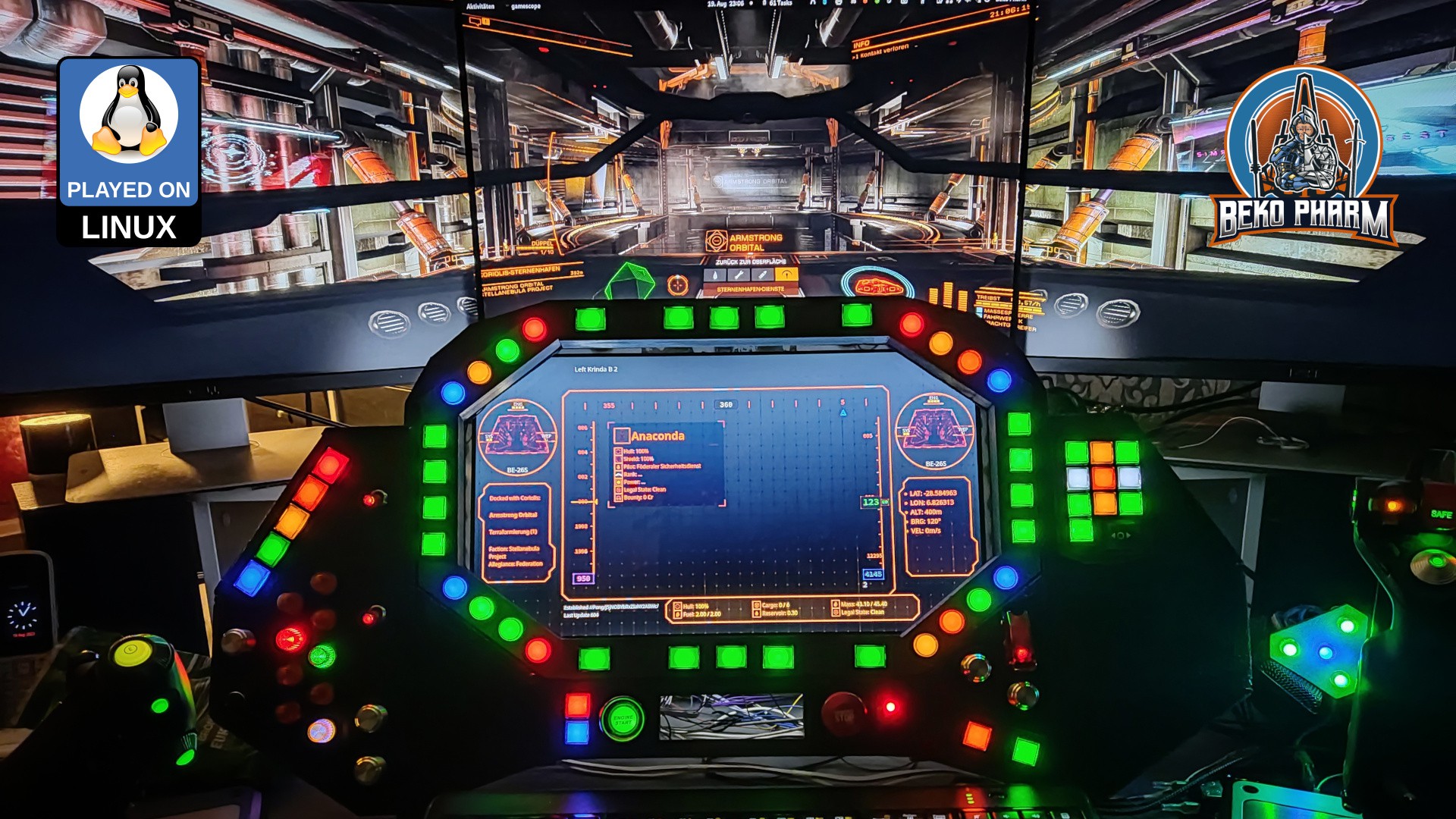
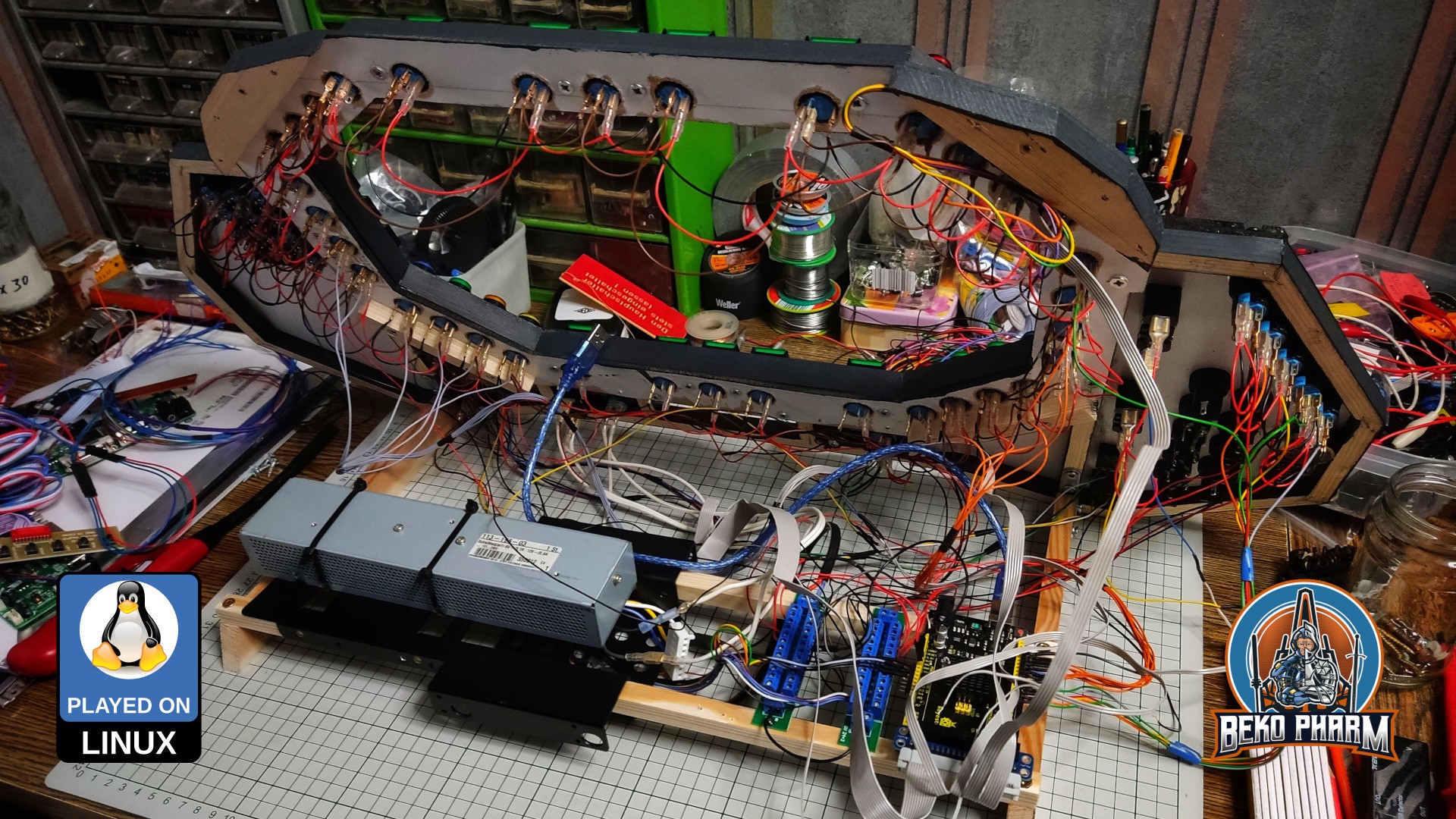

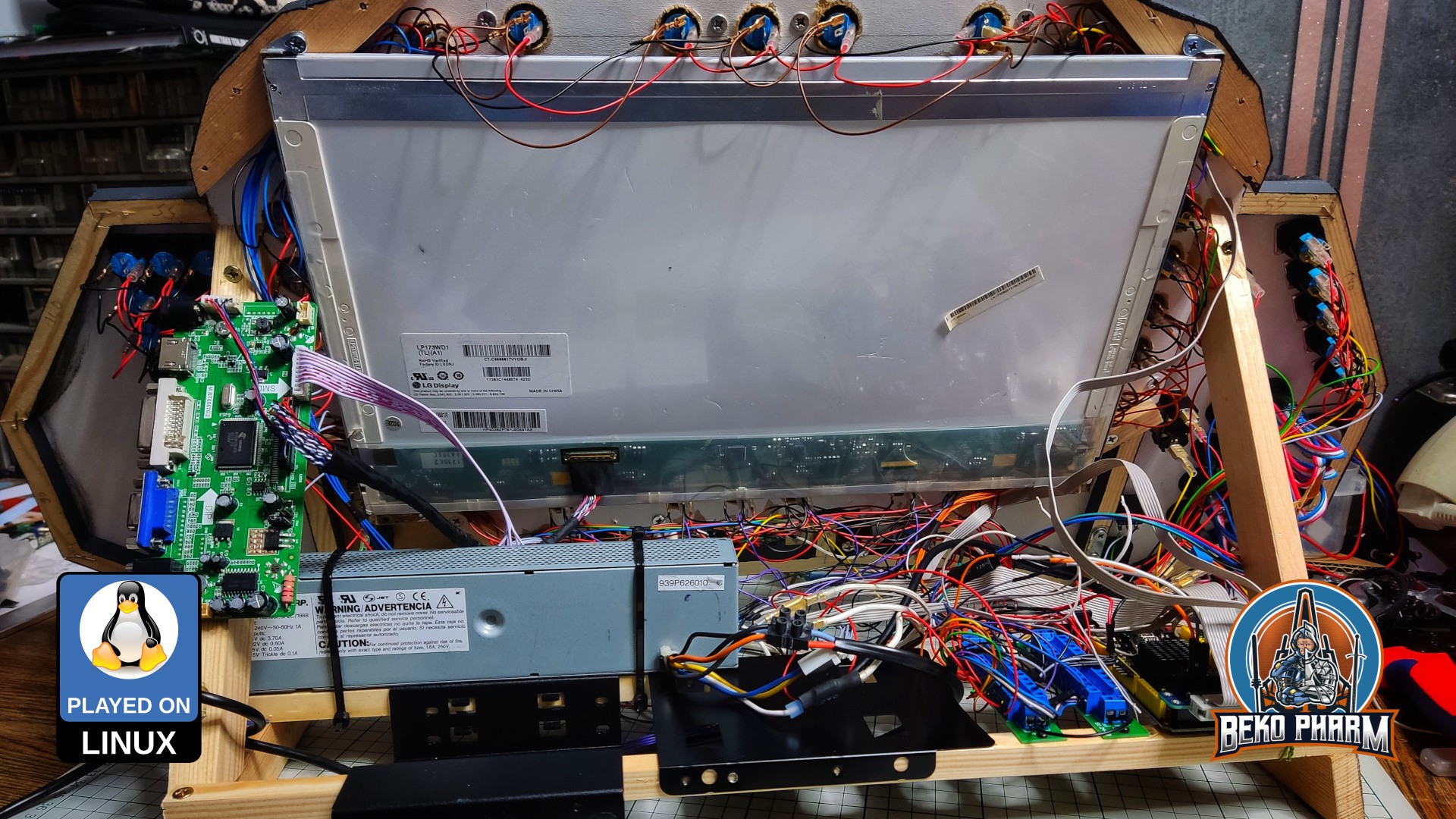
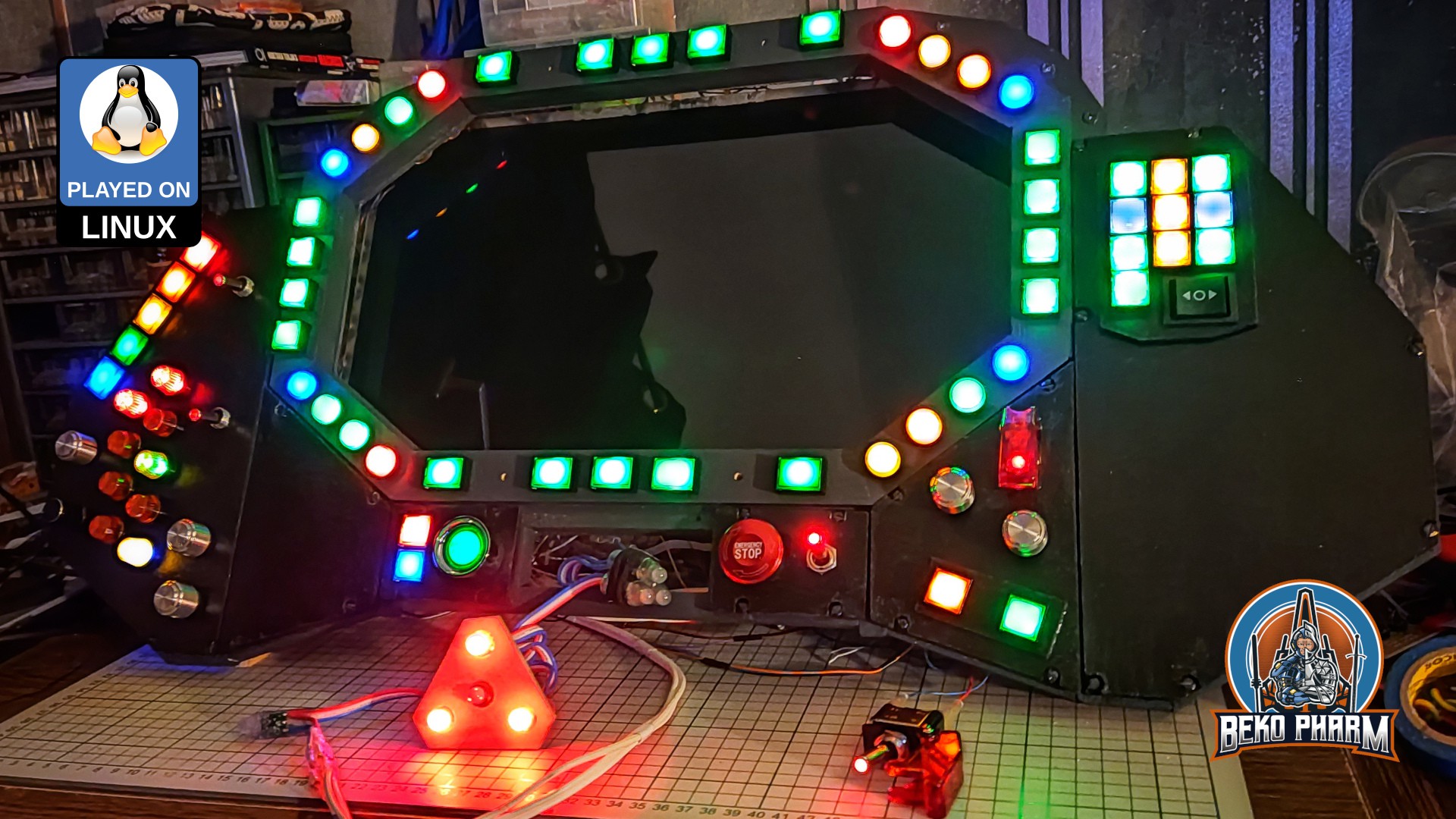

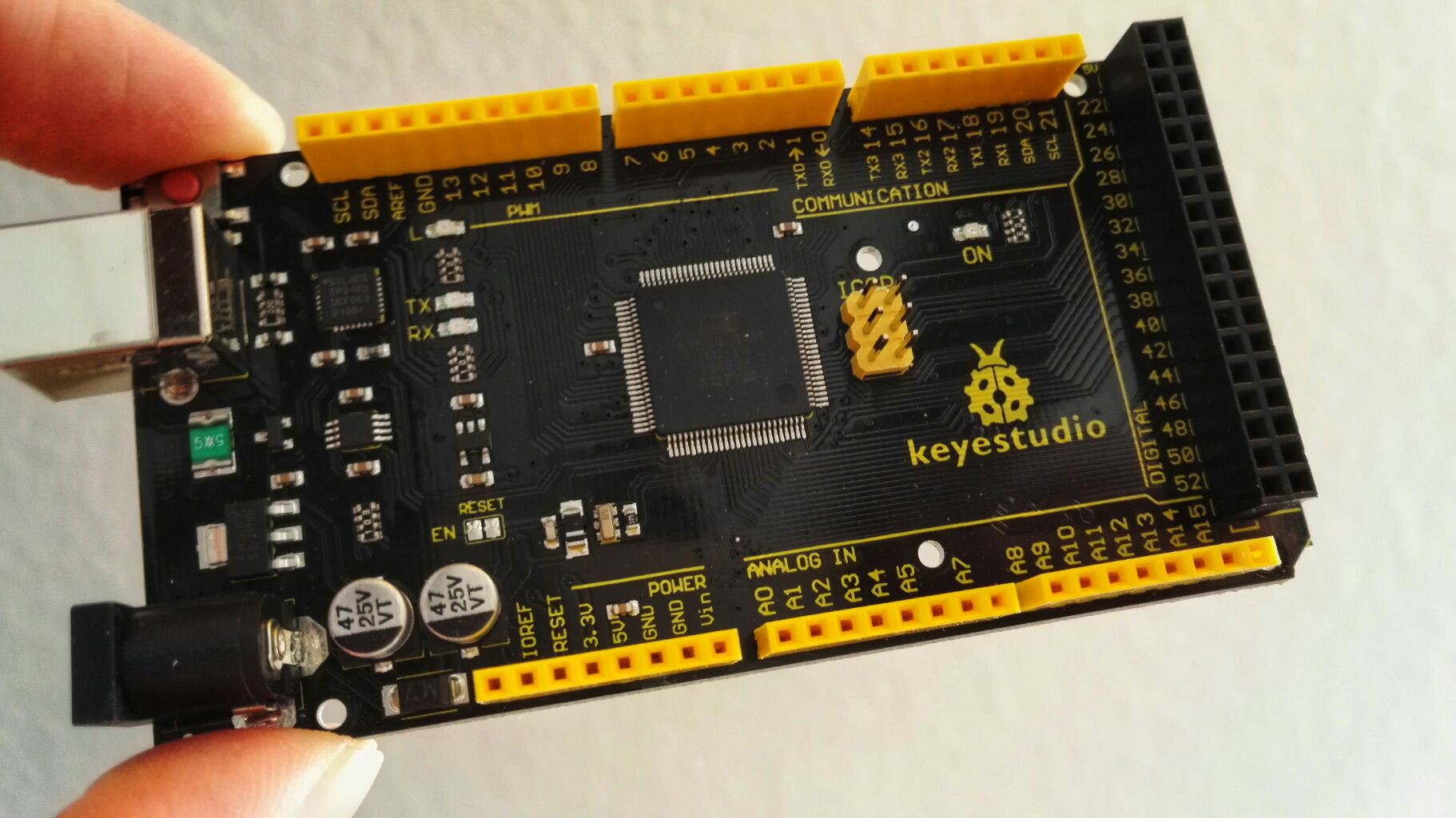


my best friend would love this <3 I was curious if the HUD beyond the screen actually had functionality, and I was really excited to see that it was! really curious following this to see what else you end up doing with it.